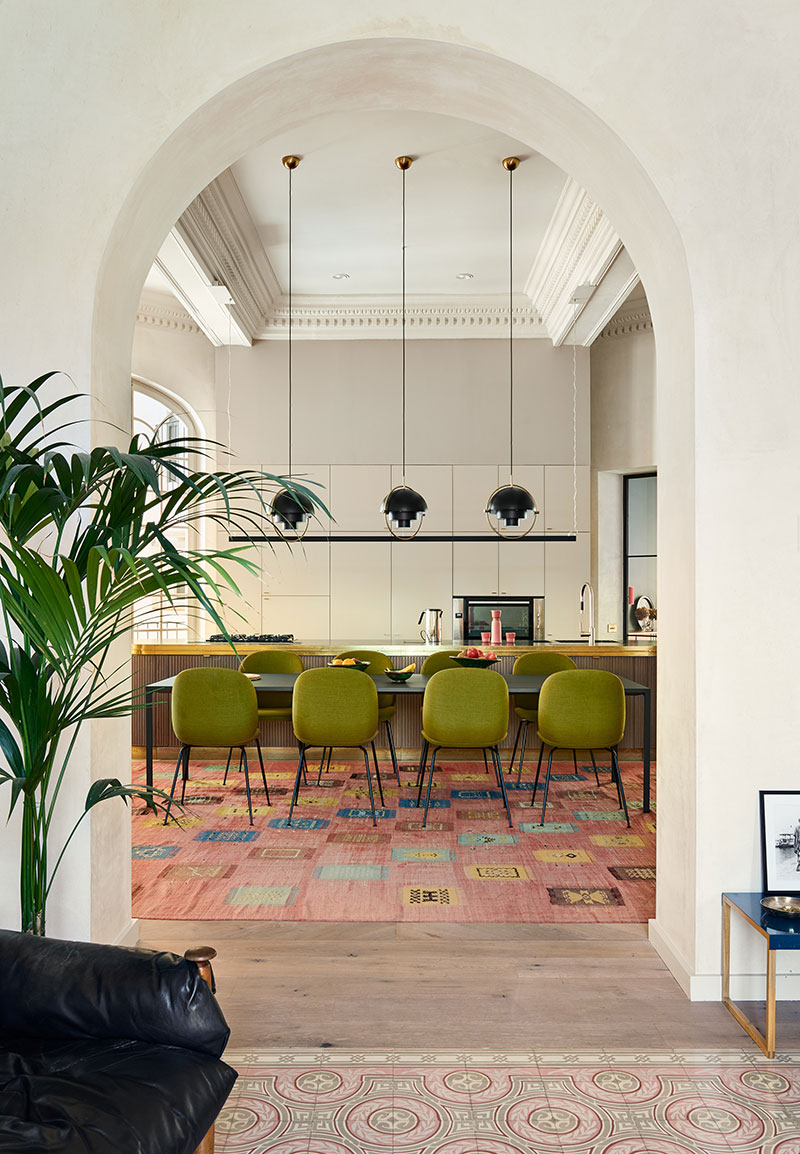
Apartment architecture is a specialized branch of design that focuses on creating functional and aesthetically pleasing living spaces within multi-unit buildings. Architects who specialize in this type of architecture must consider a wide range of factors, such as maximizing living space, ensuring privacy for residents, and incorporating innovative design elements. One of the key challenges in apartment architecture is designing spaces that cater to the diverse needs and lifestyles of residents, while also meeting budget constraints and building codes. This often requires creative solutions, such as utilizing modular design elements or incorporating sustainable building practices. Additionally, apartment architects must consider the overall aesthetics of the building, from the exterior facade to the interior layout and finishes. Ultimately, apartment architecture plays a crucial role in shaping urban landscapes and providing comfortable and functional living spaces for a growing population of urban dwellers.
Apartment architecture plays a significant role in shaping the landscape of urban areas. The design of apartment buildings can have a major impact on the overall aesthetic appeal of a city, as well as on the quality of life for its residents. Architects must carefully consider factors such as building materials, layout, and amenities in order to create a space that is both functional and visually appealing.
One of the key considerations in apartment architecture is the use of building materials. Architects must select materials that are not only durable and cost-effective, but also aesthetically pleasing. The choice of materials can greatly influence the overall look and feel of a building, whether it be a sleek and modern high-rise or a more traditional brick structure. Additionally, sustainable building materials are becoming increasingly popular in apartment architecture, as developers seek to reduce their environmental impact and appeal to environmentally conscious tenants.
Layout is another crucial aspect of apartment architecture. Architects must carefully consider the placement of rooms, windows, and common areas in order to maximize space and functionality. The layout of an apartment building can greatly impact the quality of life for its residents, affecting everything from privacy to natural light. Additionally, architects must consider the needs of varied demographics when designing apartment buildings, creating spaces that are accessible and accommodating for individuals of all ages and abilities.
Overall, apartment architecture is a complex and multifaceted field that requires careful consideration of a wide range of factors. From building materials to layout, architects must balance aesthetics with functionality in order to create spaces that are both visually appealing and practical. As urban areas continue to grow and evolve, the role of apartment architecture will only become more important in shaping the way we live and interact with our surroundings.
 Decoration Ideas
Decoration Ideas










